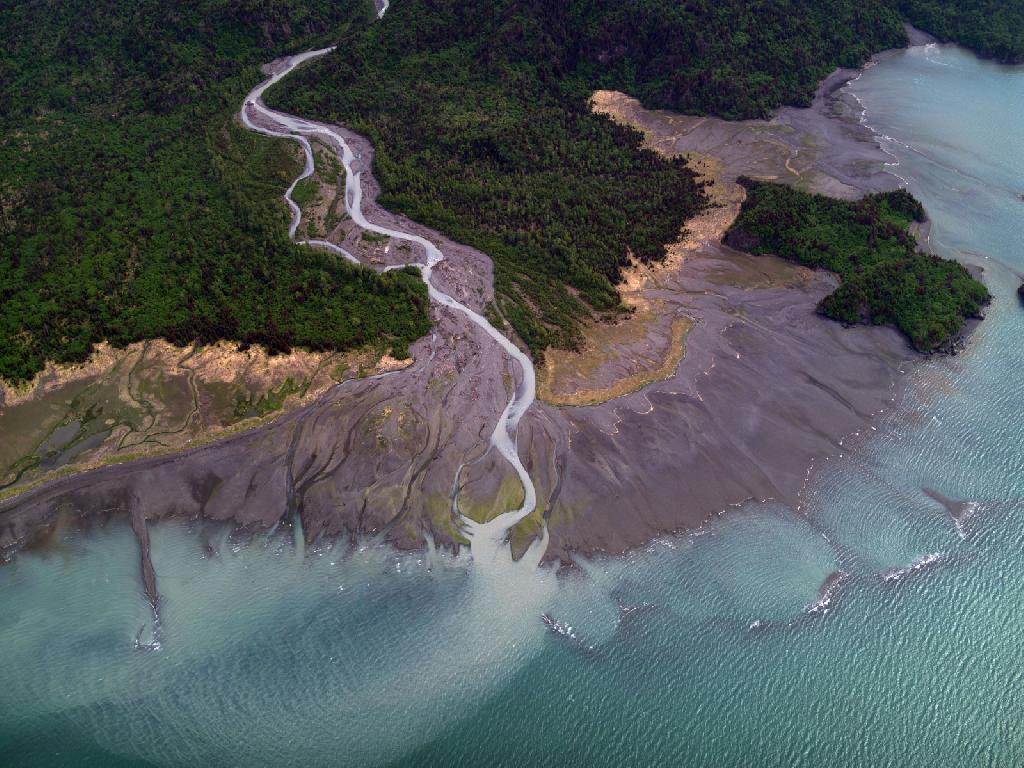Coastal ecosystems are defined by the connection between land and sea. These areas typically have highly productive food webs due to multi-scale mixing of marine and terrestrial nutrient sources. Human communities and activities are often concentrated in coastal areas, as people connect to the ecosystem through cultural, economic, and spiritual ties. KBNERR focuses on providing science to support stewardship of coastal resources for the benefit of coastal communities.
The Kachemak Bay area contains a variety of nearshore and estuarine habitats, including glacial and non-glacial watersheds, protected fjords, rocky shores and mud flats. With a 28 foot tidal range, Kachemak Bay’s intertidal habitats are vast and varied, which support many species of value and interest to people. As a placed-based institution, KBNERR aims to provide information and tools to coastal communities for the stewardship of the vital and sensitive coastal habitats and species that thrive there. Clams are one of the keystone species present in Kachemak Bay, and have a thematic collection of datasets found on the Kachemak Bay Bivalve Data page to support their ongoing research and conservation.




